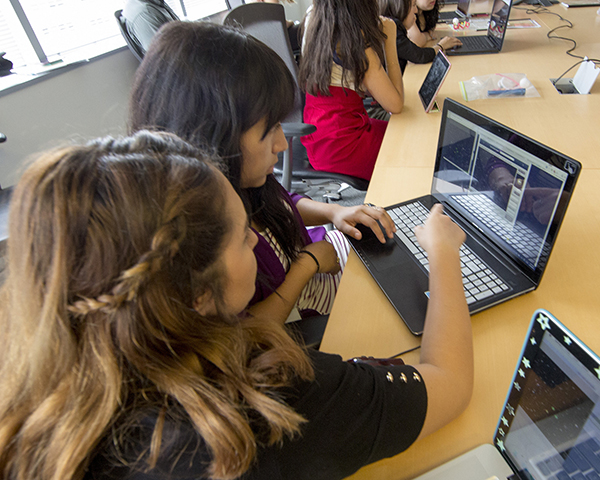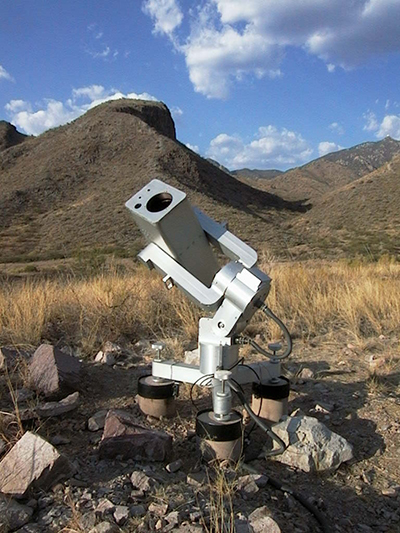About DIY Planet Search
New planets are being discovered on a regular basis, but that’s not the end of the story. After new planets have been discovered the scientific community needs to follow up with further investigations. Help scientists better understand the movements of these planets around other stars by taking your own measurements of known exoplanets and contributing them to the DIY Planet Search Community.
Using the DIY tools you’ll collect and analyze your own images of other star systems. You’ll begin your investigation by choosing a star, then you’ll measure it’s brightness. The measurements you make will produce a graph of data. Using your data you’ll determine if you’ve detected a planet by looking for the tell-tale dip in your graph. To complete your investigation you’ll compare, combine, and communicate your findings with others on the DIY Planet Search Community page.

The Team
Do-It-Yourself Planet Search (DIY Planet Search) is an initiative to enhance public understanding of scientific inquiry and NASA's exoplanet research via the use of the MicroObservatory online robotic telescopes. The project is funded by NASA’s Universe of Learning, and managed by the Science Education Department at the Center for Astrophysics | Harvard & Smithsonian.
The DIY Planet Search Team:
- Project Director: Mary Dussault
- Telescope Engineer: Frank Sienkiewicz
- Software Developer: Aladdin Ibrahim
- Education Specialist: Harry Houghton
- Education Specialist: Erika Wright
- Web Designer: Michelle Kennedy
- Amateur Astronomer Consultant: Martin J. Fowler
Scientific partners for DIY Planet Search include NASA’s Exoplanet Exploration program, the Exoplanet Watch program, and Dr. Robert Zellem.
YOU!! As a participant in the Do-It-Yourself Planet Search Community, you are a critical member of this project.
About MicroObservatory
MicroObservatory is a network of robotic telescopes that can be controlled over the Internet. The telescopes were developed by scientists and educators at the Center for Astrophysics | Harvard & Smithsonian, and were designed to enable youth nationwide to investigate the wonders of the deep sky. They are located and maintained at observatories affiliated with the Center for Astrophysics, including the Harvard College Observatory in Cambridge, MA and the Whipple Observatory in Amado, AZ.

How can these small telescopes be used to detect planetary transits?
Telescopes do more than take pictures – they gather light!
The MicroObservatory remote observing network is composed of several 3-foot-tall reflecting telescopes, each of which has a 6-inch mirror to capture the light from distant objects in space. Instead of an eyepiece, the MicroObservatory telescopes focus the collected light onto a CCD detector (an electronic chip like that in a digital camera) that records the image as a picture file with 650 x 500 pixels.
The images contain valuable information about the amount of light reaching the telescope from each star. Even a small telescope, such as the MicroObservatory telescope you will be using, is sensitive enough to detect a 2-3% drop in the amount of light reaching the telescope when the image is taken. To detect a transiting planet, you must take a series of images that span the timeframe of the entire transit; measure the brightness of the star in each of those images; plot it on a graph of time versus brightness; and look for the telltale dip in brightness that is the signal of the alien world.